The first thing you notice, before you’ve travelled far, is how compact this new, small Jaguar SUV, the E-Pace, feels at speed.
Compactness isn’t something you instantly associate with Jaguars so some built-in agility is especially welcome on this narrow, sinuous Welsh back road that connects the thriving border town of Welshpool to Bala, about an hour away in central North Wales.
Much of that road is flanked by trees, abrupt drops, rocky banks and ancient, straggling fencing first put there when road users crawled past in Morris Minors. But the tarmac between those threatening verges describes one of the most exhilarating driving roads in Britain.
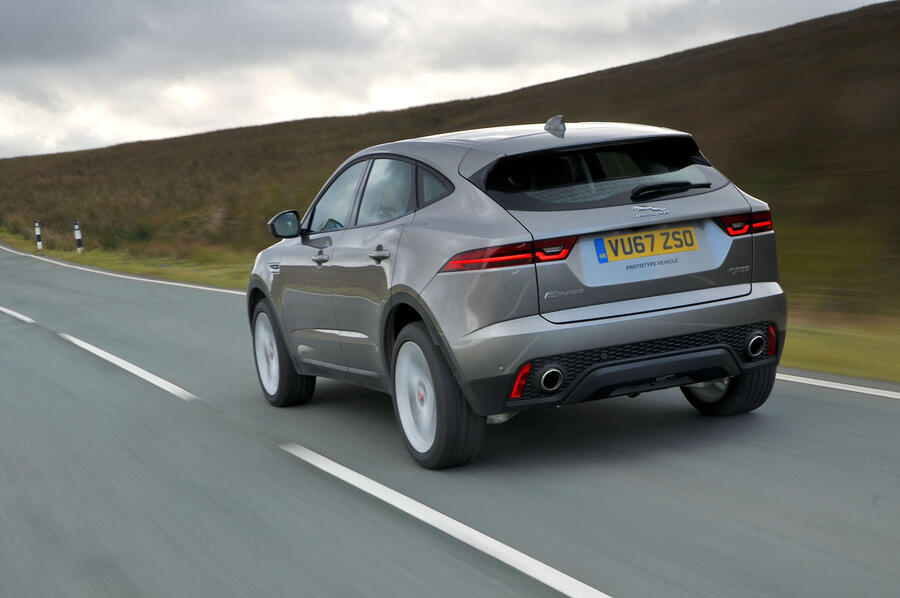
Instilling a sense of Jaguarness
We’re here because this is a favourite haunt for Mike Cross, the hugely experienced engineer in charge of ‘Jaguarness’, whose task is to polish every new model’s driving characteristics – as well as its comfort, visibility and control efficiency – so it fits the marque’s increasingly focused line-up.
Over the years, Cross and his driving-obsessed colleagues have put the finishing touches to a dozen new Jaguars on these roads.
They keep coming here because the ever-variable surfaces, gradients and humps constantly test a car’s springing, damping and cornering – and thus its core stability – to the limit, demanding steering that allows quick, accurate changes of direction and is entirely uncorrupted by extremes of suspension movement.
Like everything else in the compact SUV game, competition over driving factors is getting increasingly hot so it’s vital this Jag should assert itself in areas where the maker has claimed to be pre-eminent for more than 70 years.

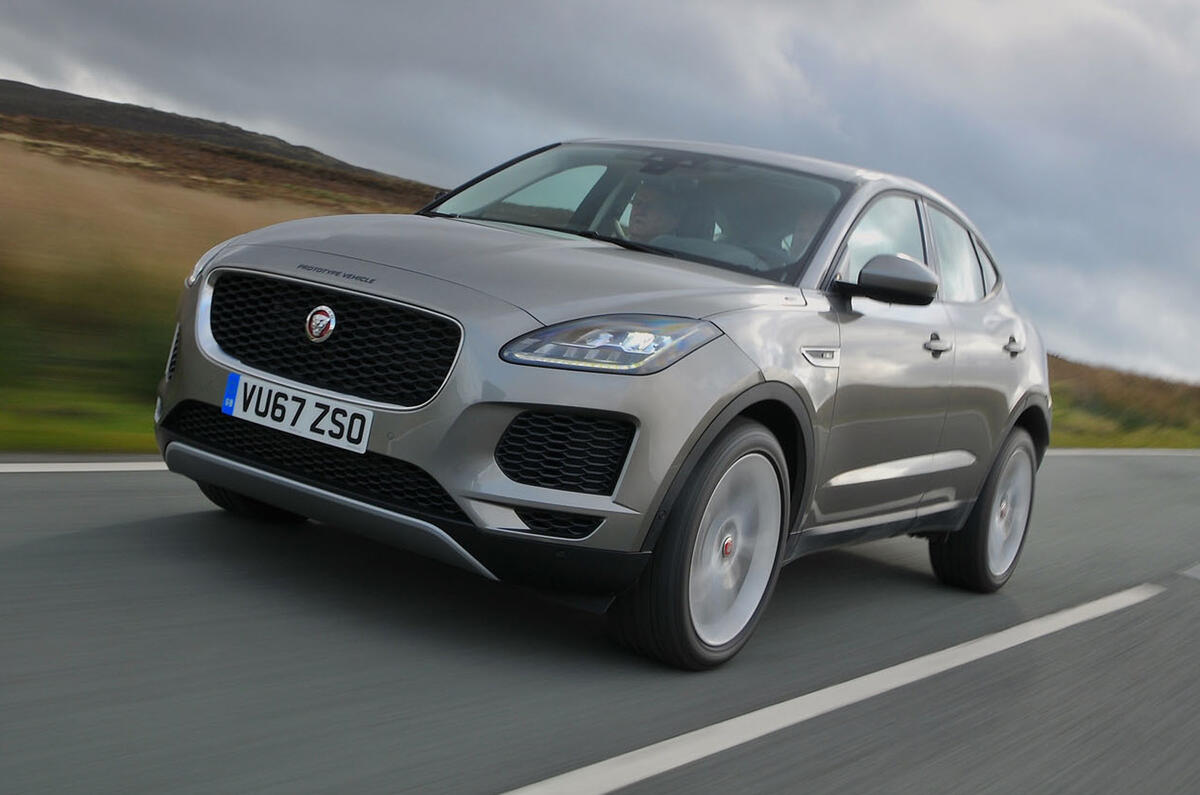
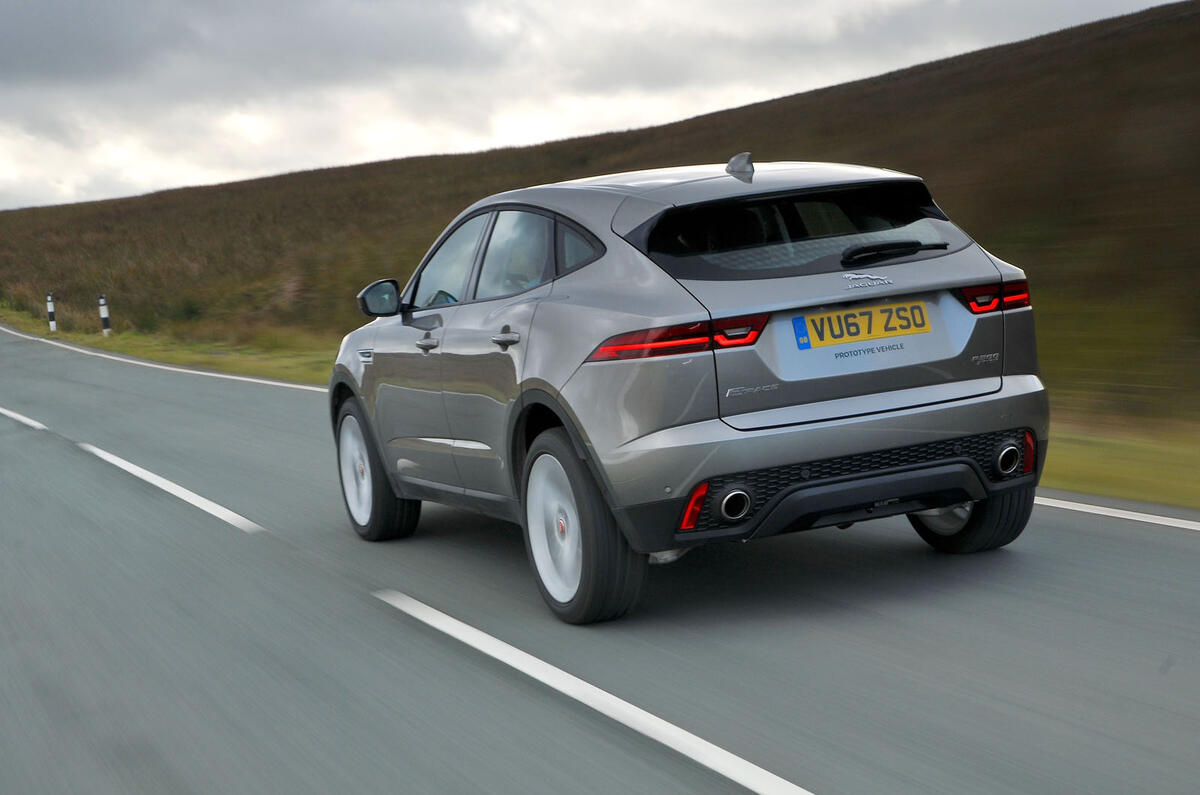
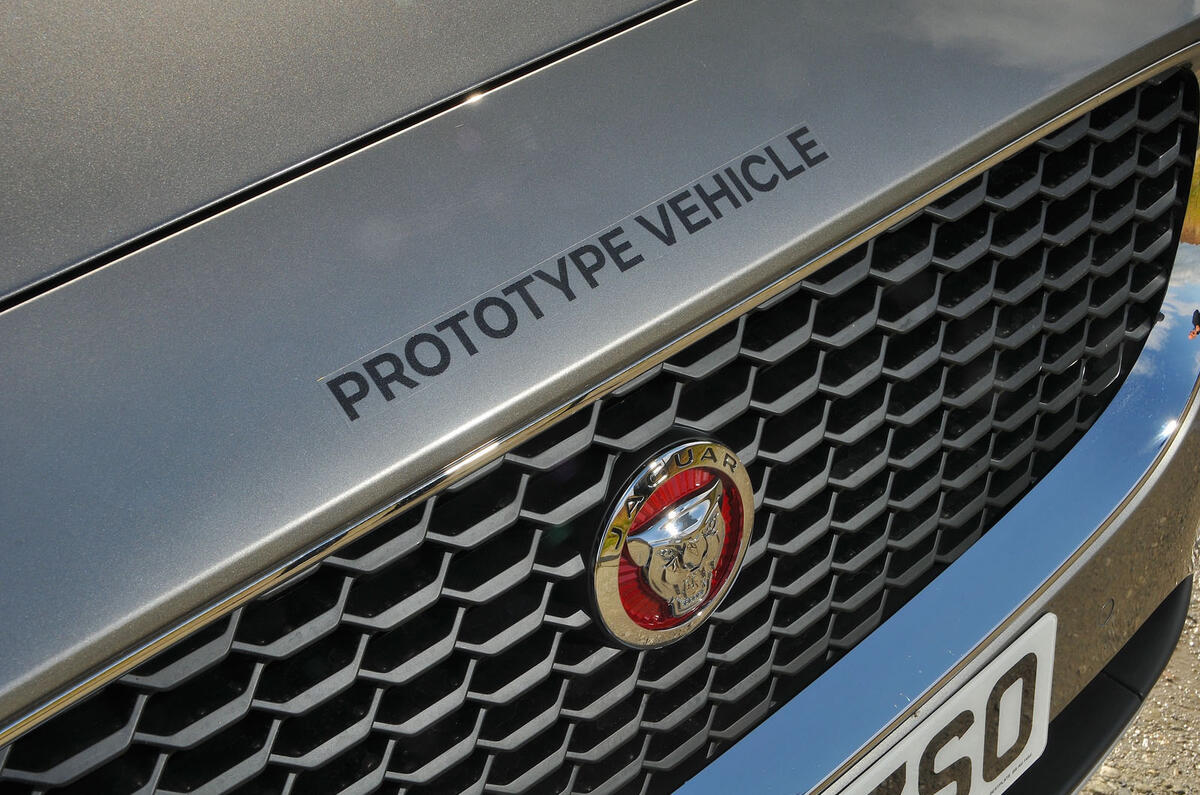
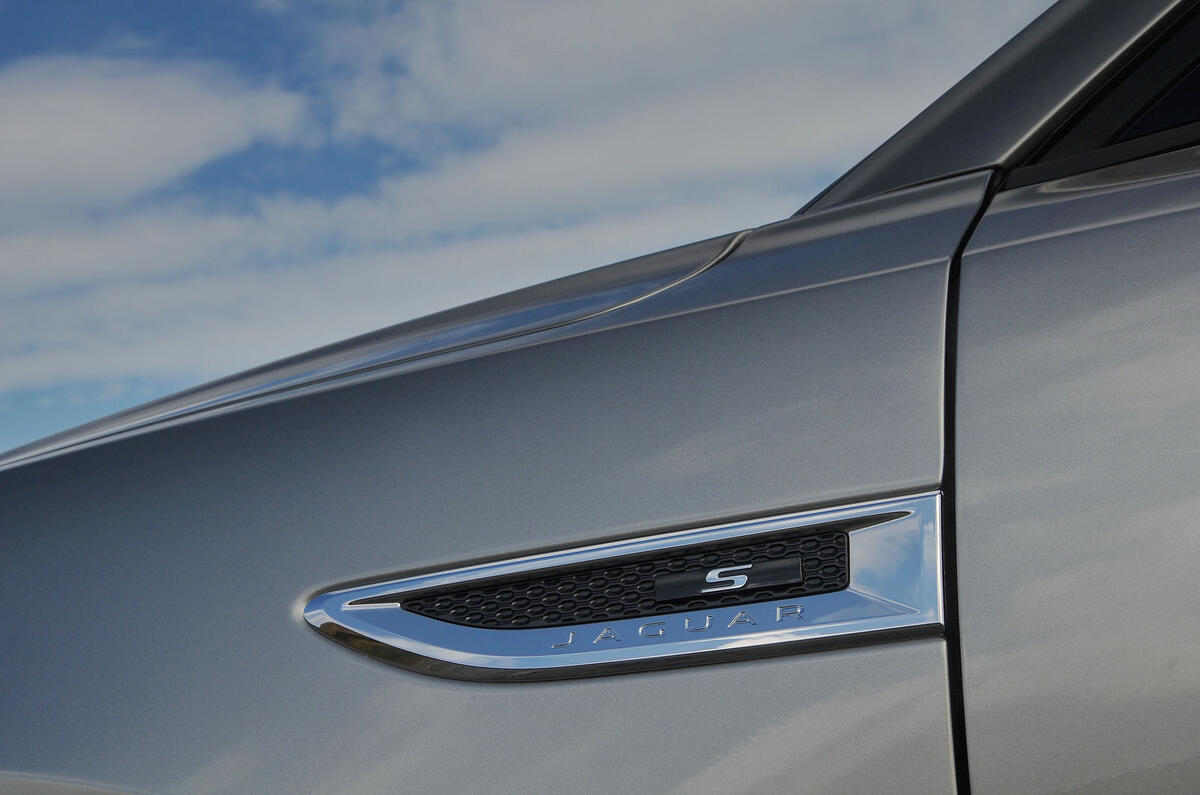
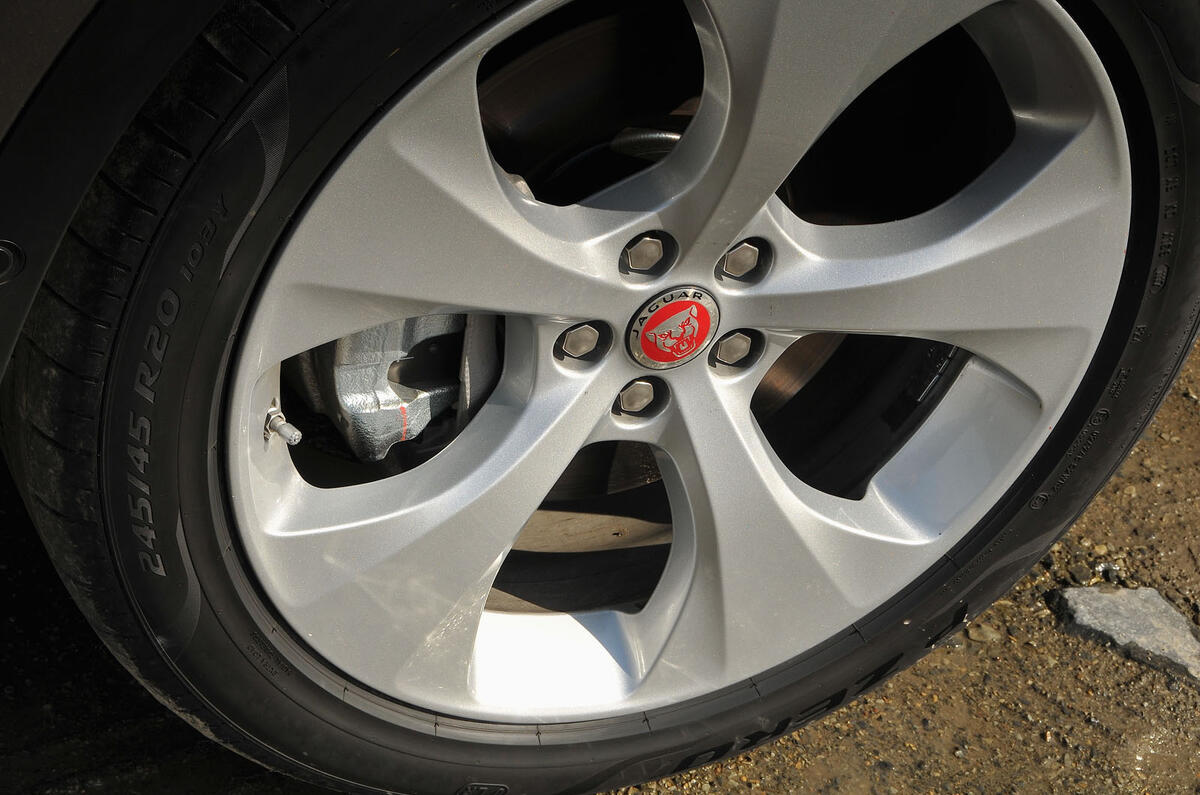
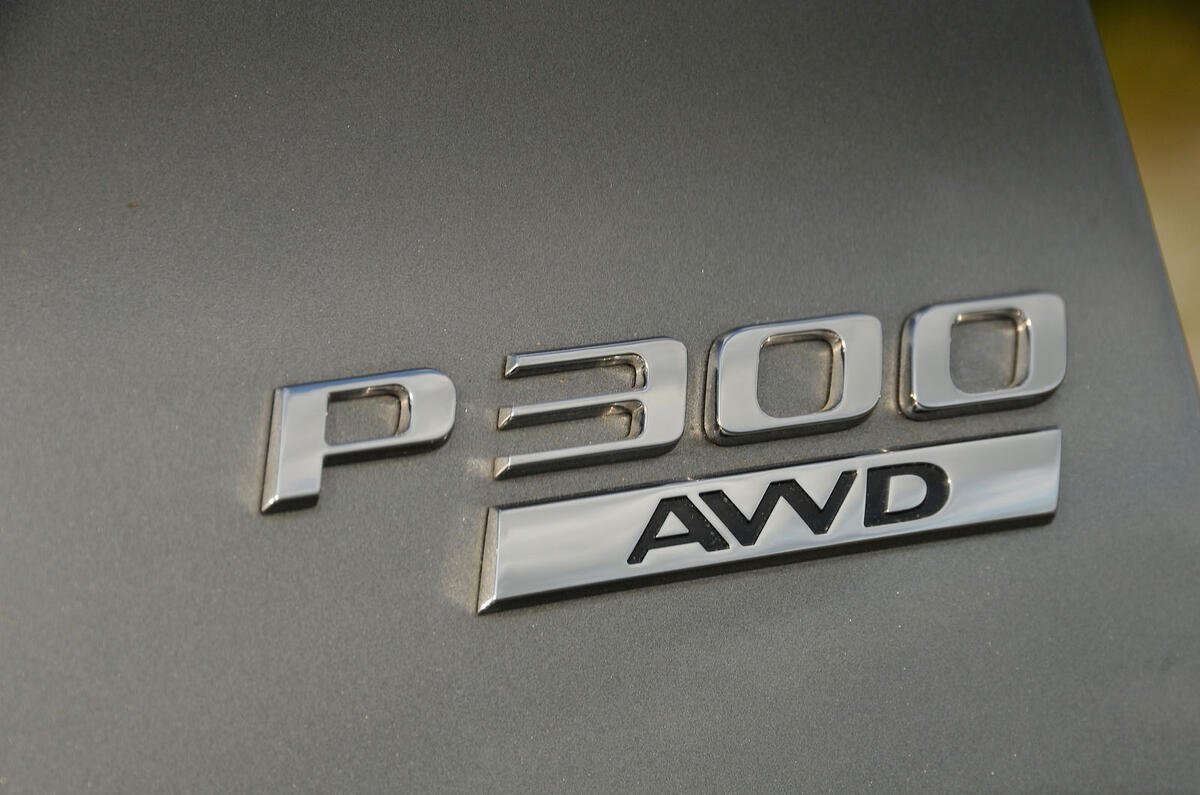
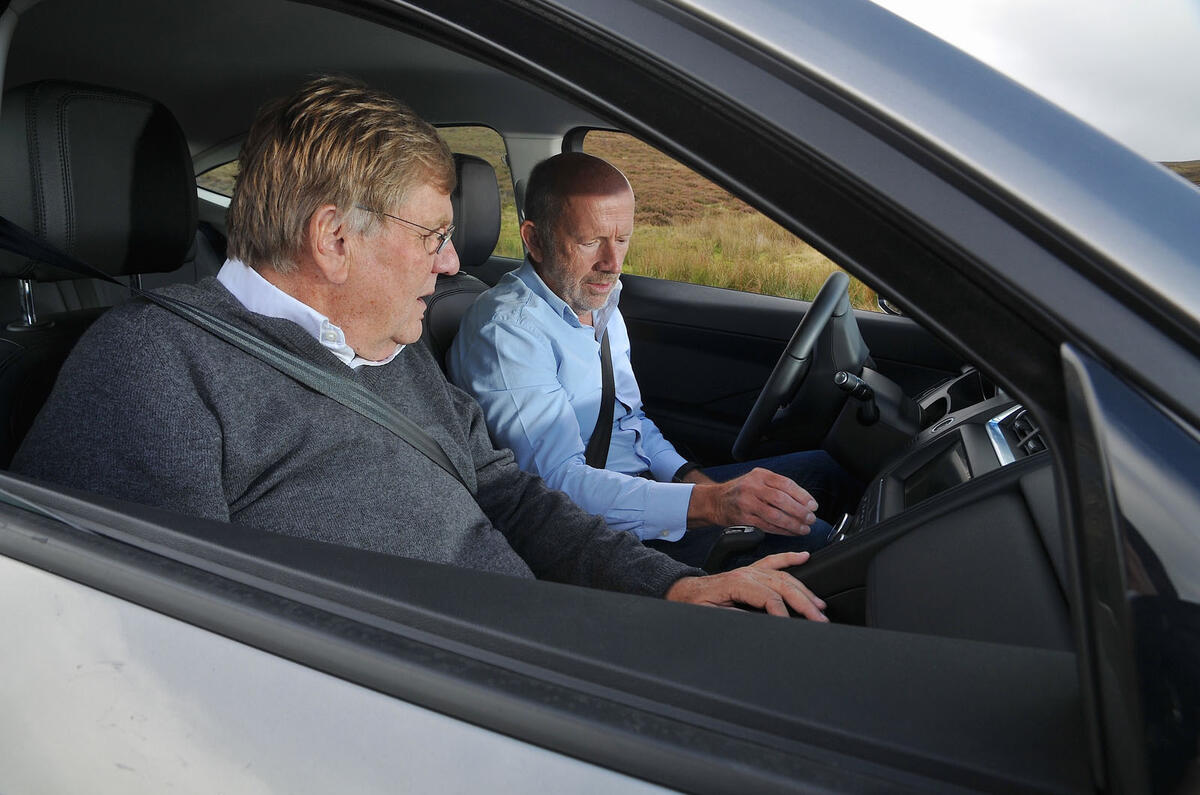
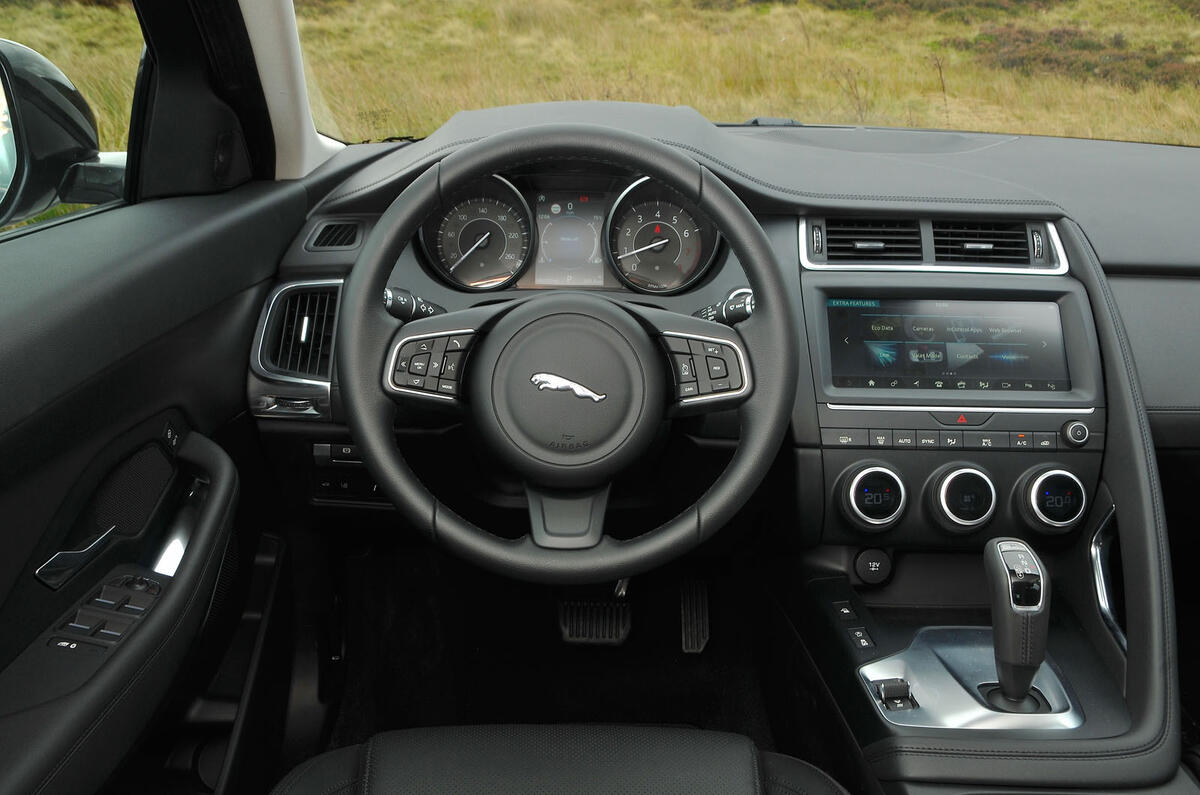
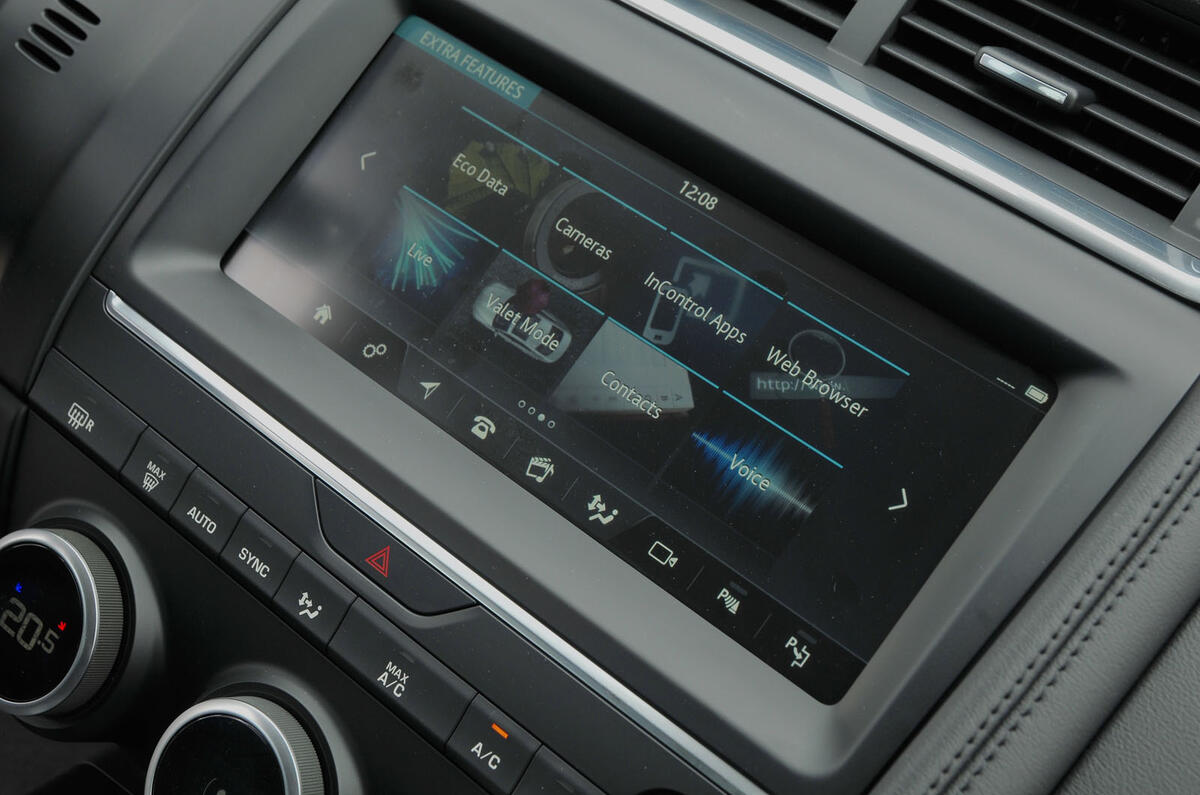
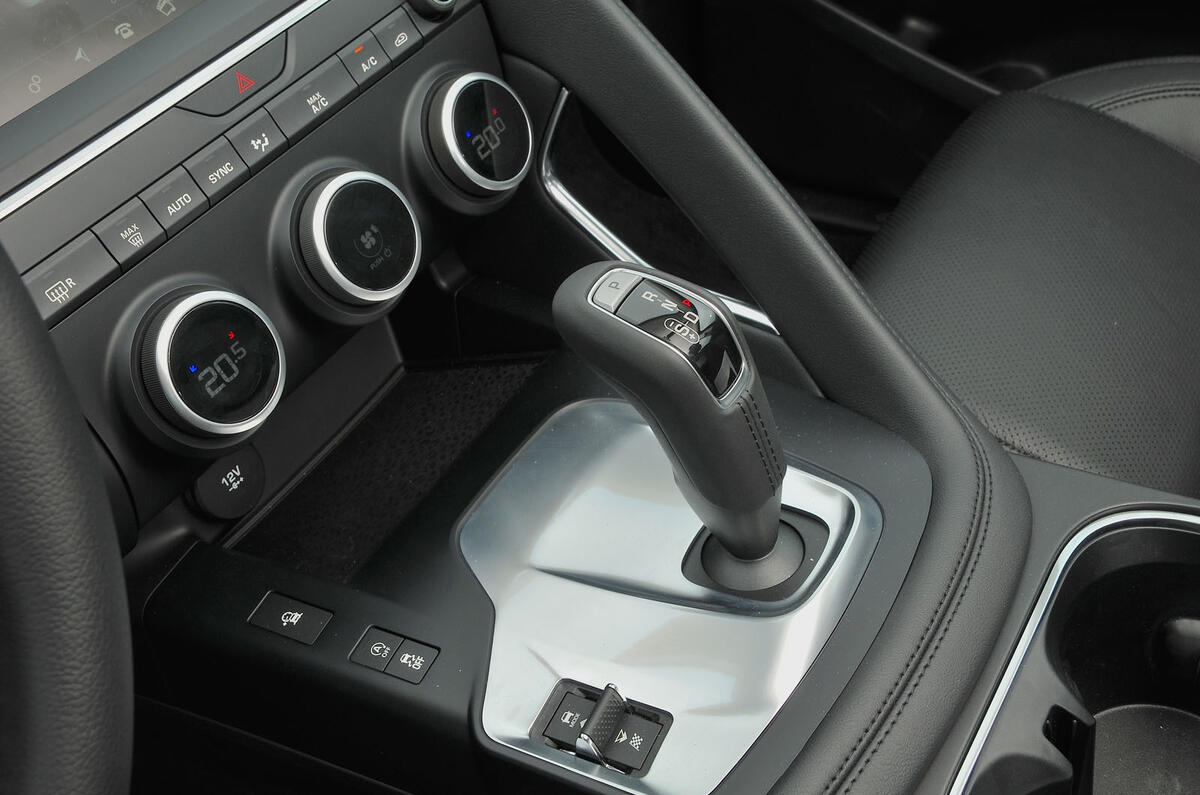
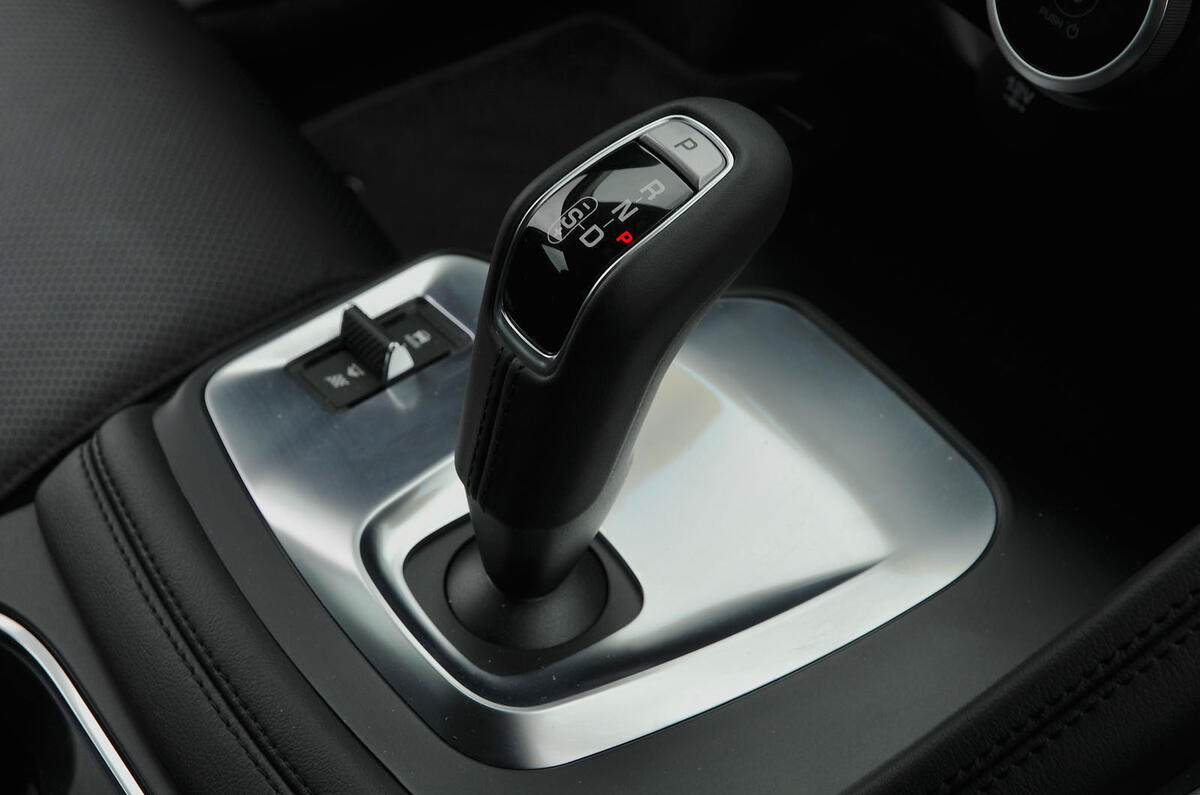
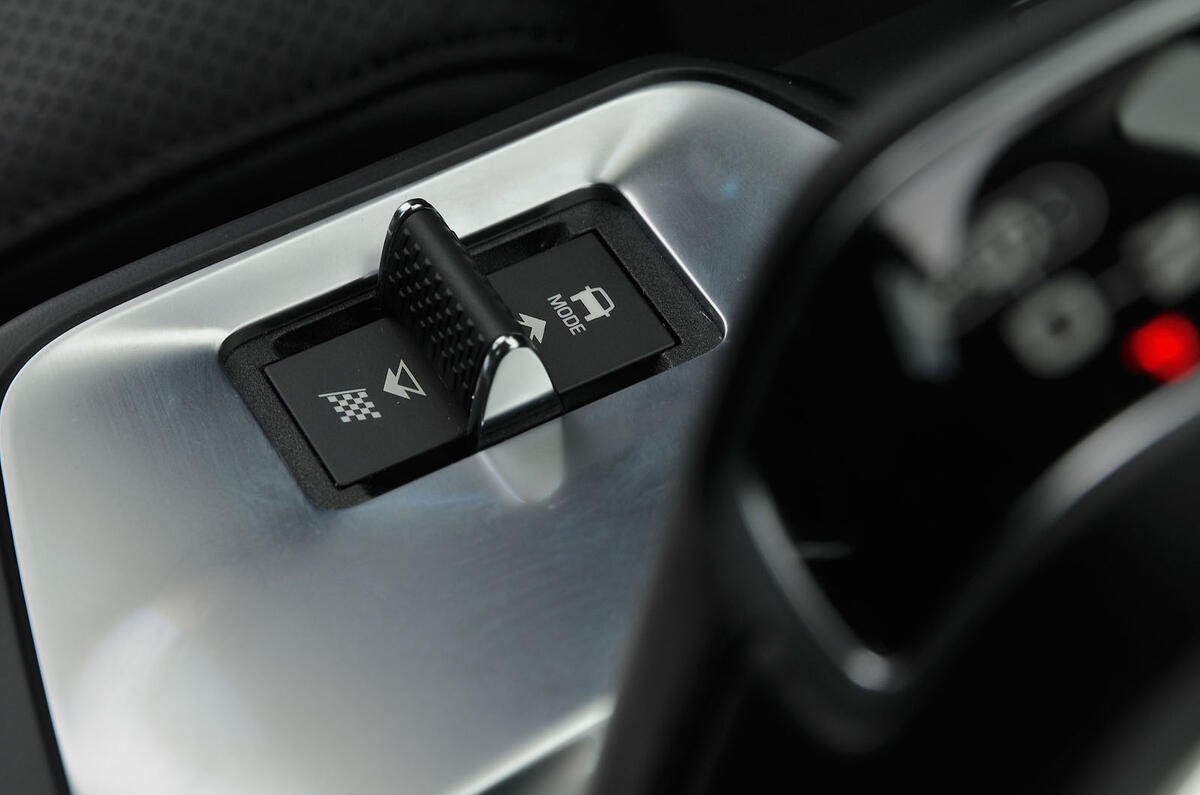
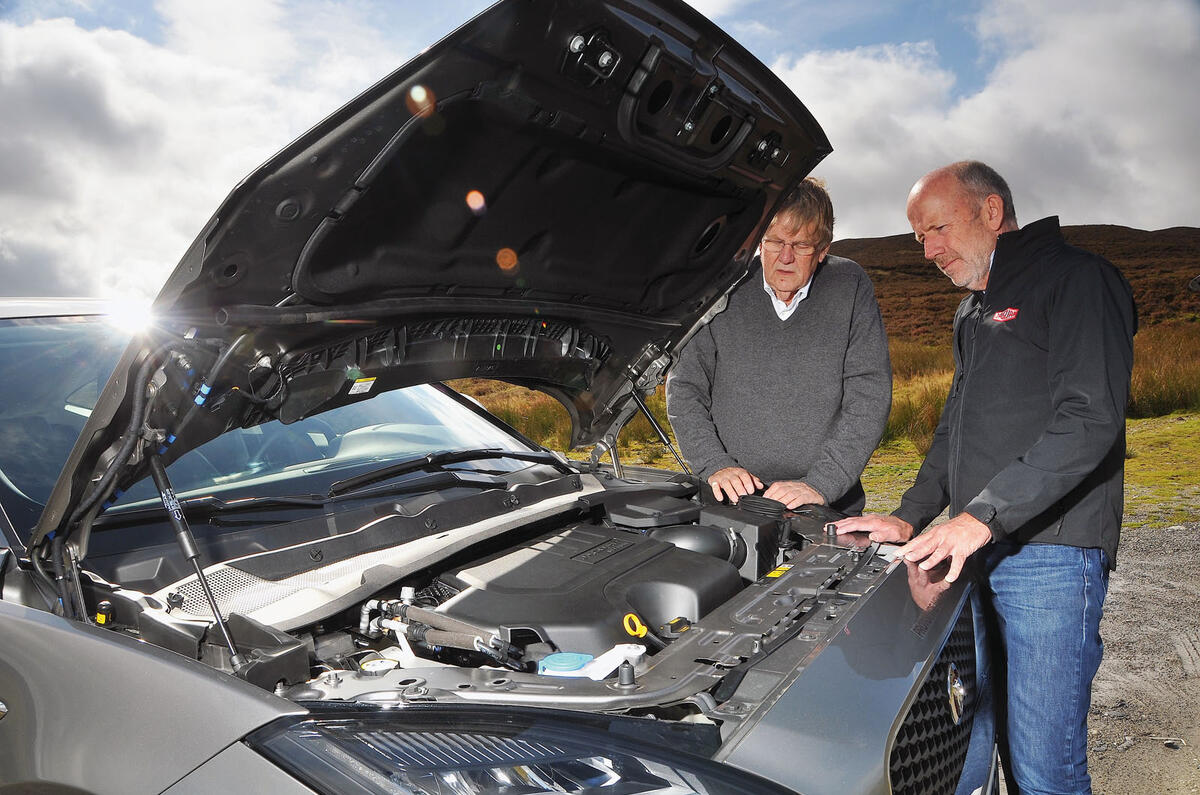
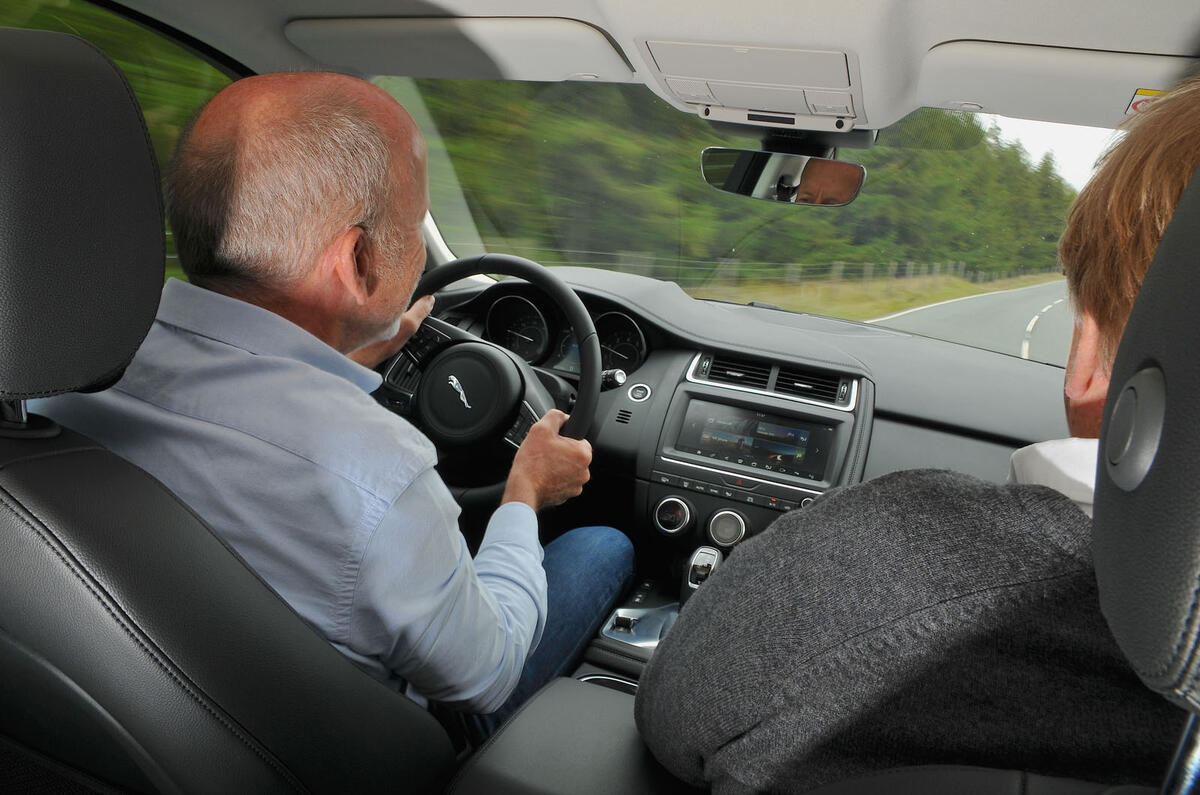

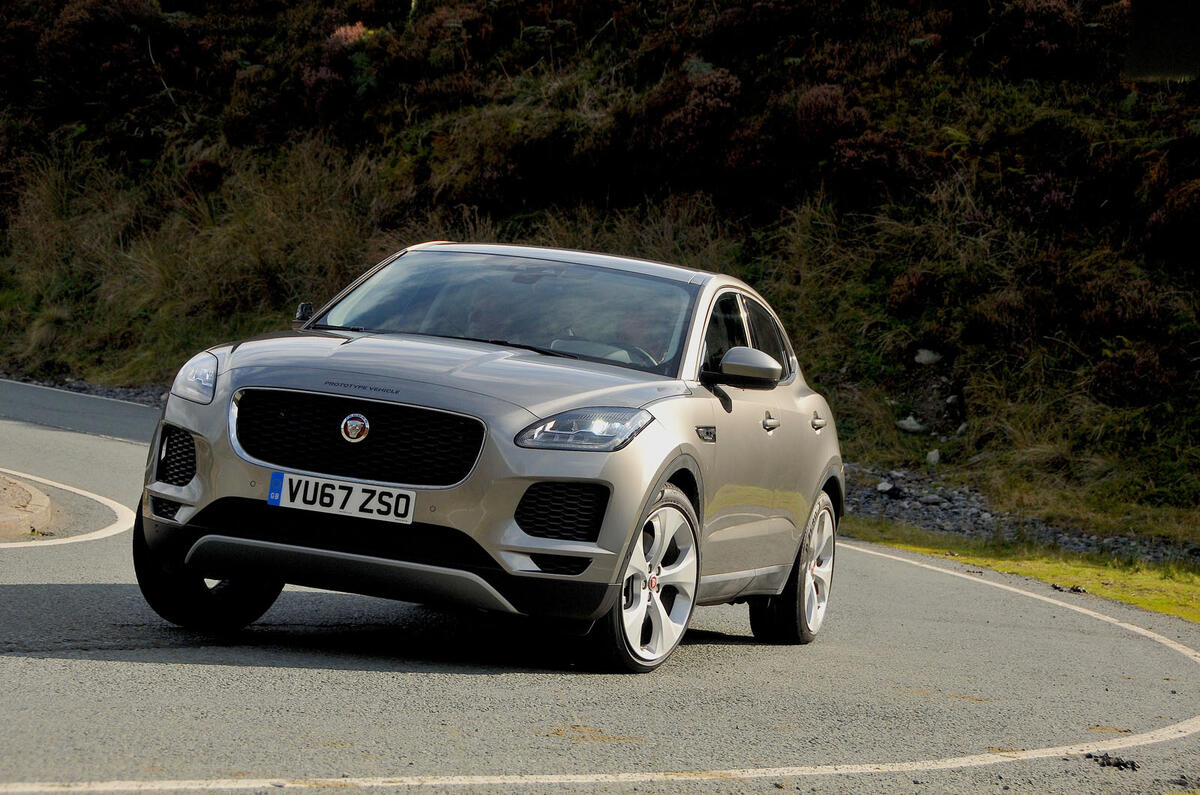
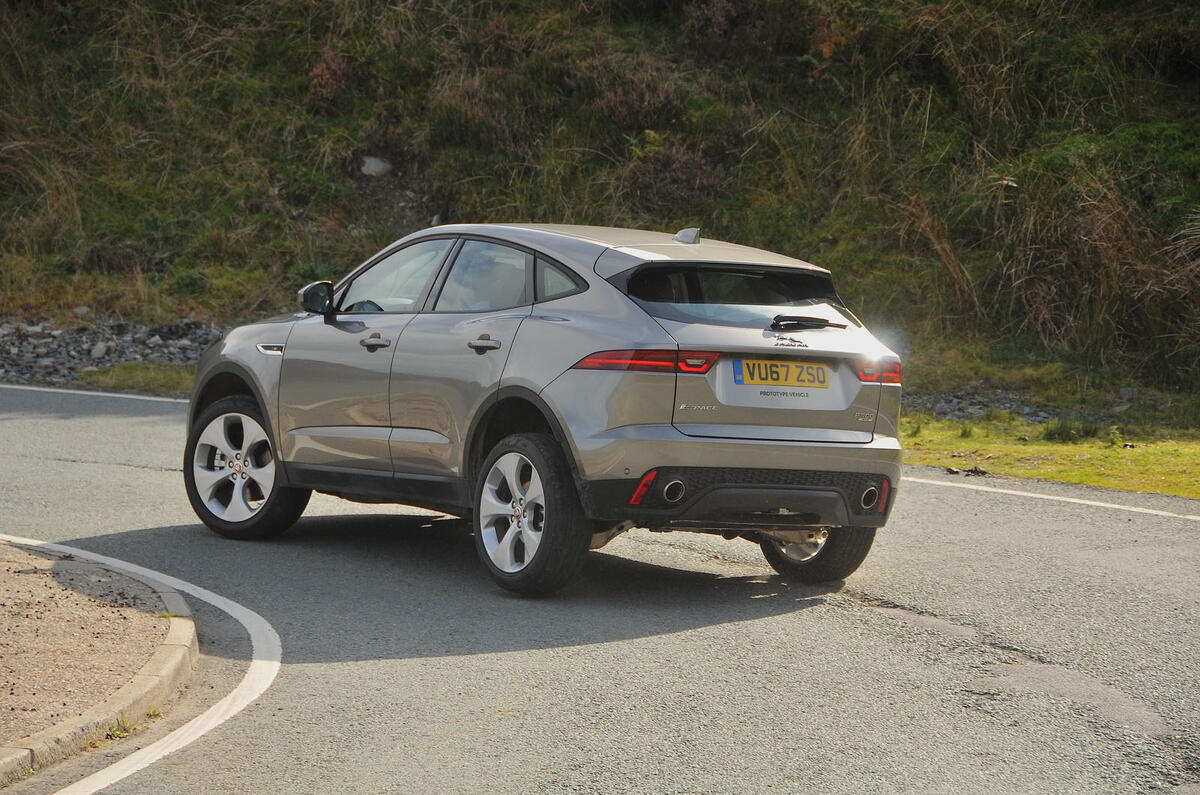

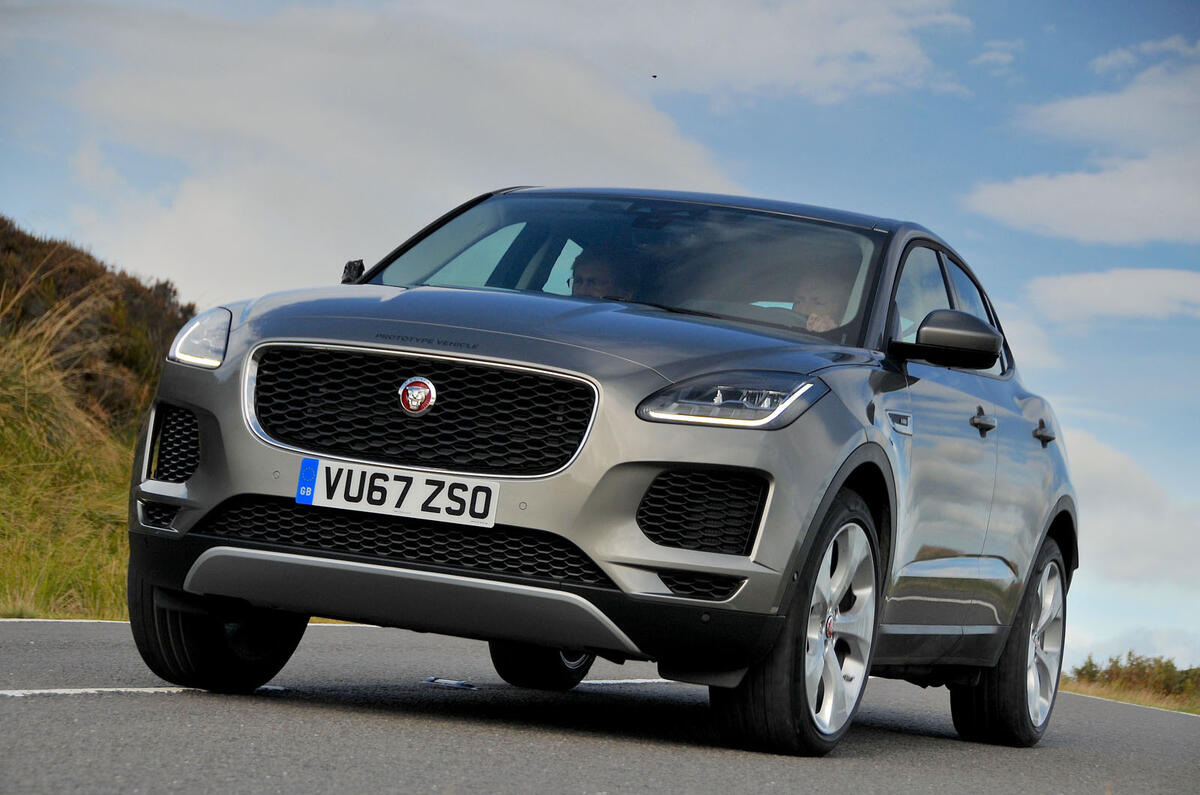
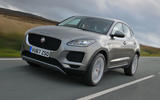

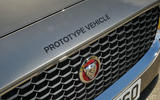

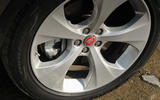
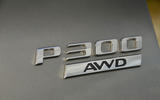

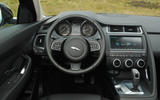
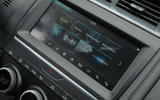
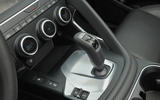
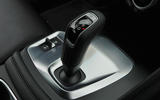
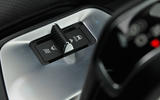
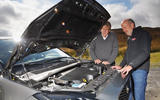
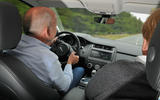
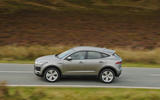
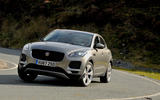
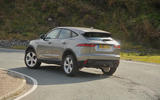



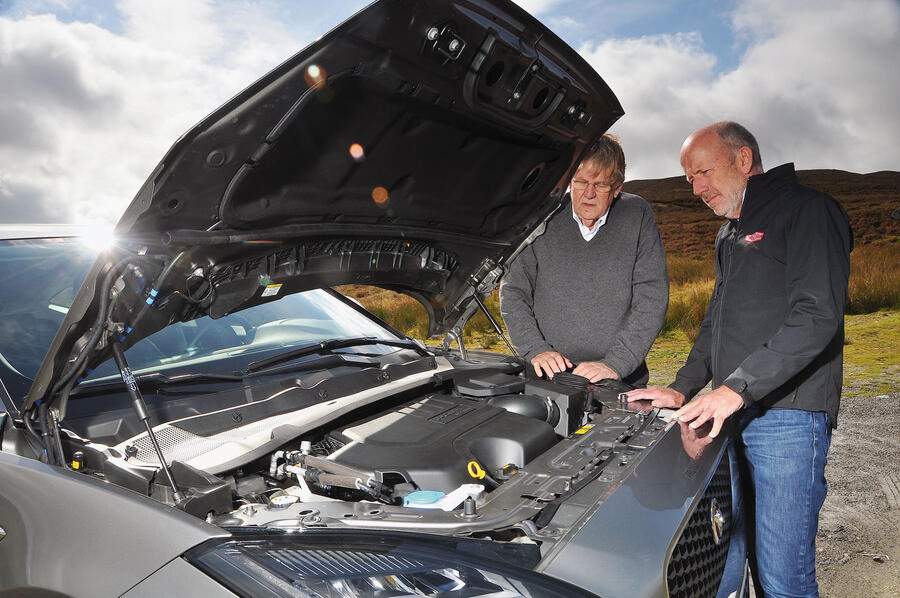
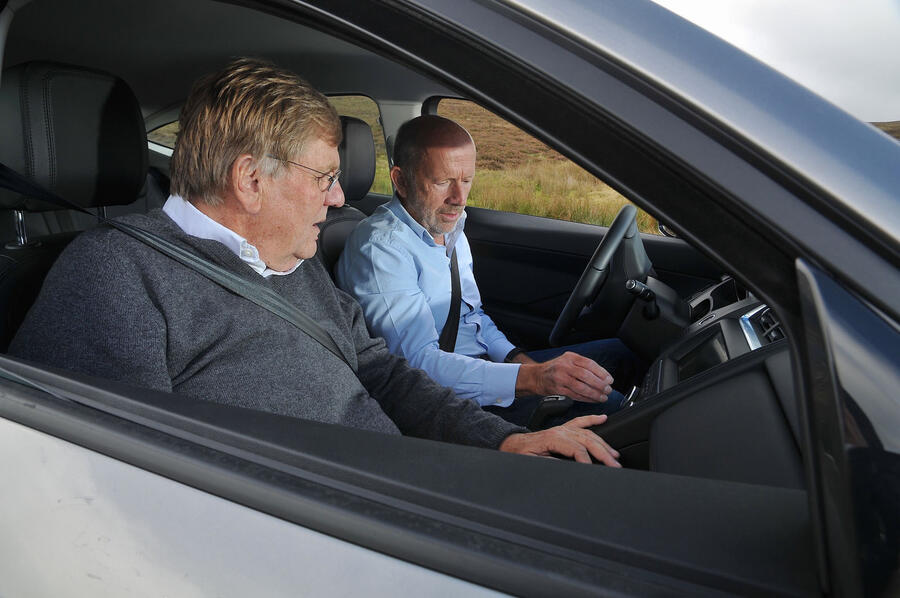
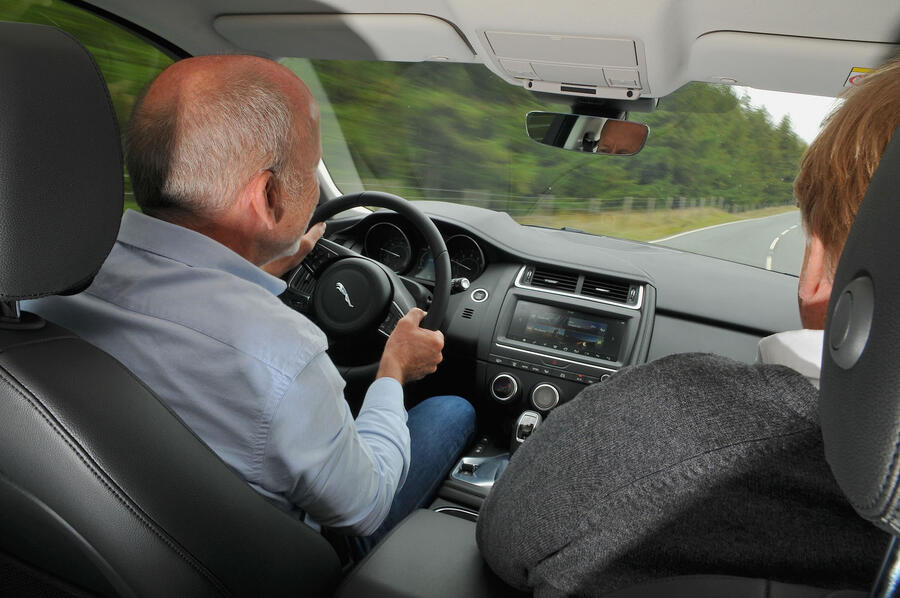
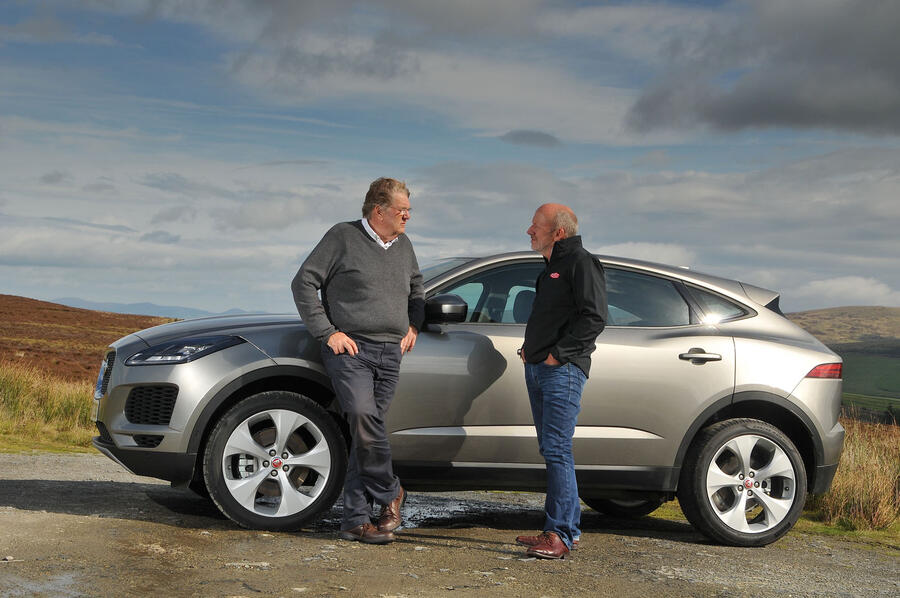





Join the debate
Add your comment
Jaguar E-Pace in Spain
Looking forward to test driving the Jaguar E-Pace here in Benidorm Spain next Friday 10th November at the Hotel Meliá Villaitana. Watch this space for my feedback!
F pace
I know this is about the e-pace, but I was surprised by the size of the f pace, I parked my discovery next to one over the weekend. Near as dammit as long at the disco, but in comparison, utterly tiny inside. A miracle of modern packaging. Looked cool though.
i would imagine the e pace is minuscule inside.
This is the sort of interior
This is the sort of interior that the XE, XF & F-Pace should have got in the first place. I wonder how many potential Jag customers took a look at the interior of the above models and turned away.
But I still find the current trend for tiny windows pointless. Why make the cabin dark and clautrophobic when I can detect no gain in aesthetics? Especially when a tall SUV gives the perfect opportunity to have a low window sill (the original Range Rover had the right idea)